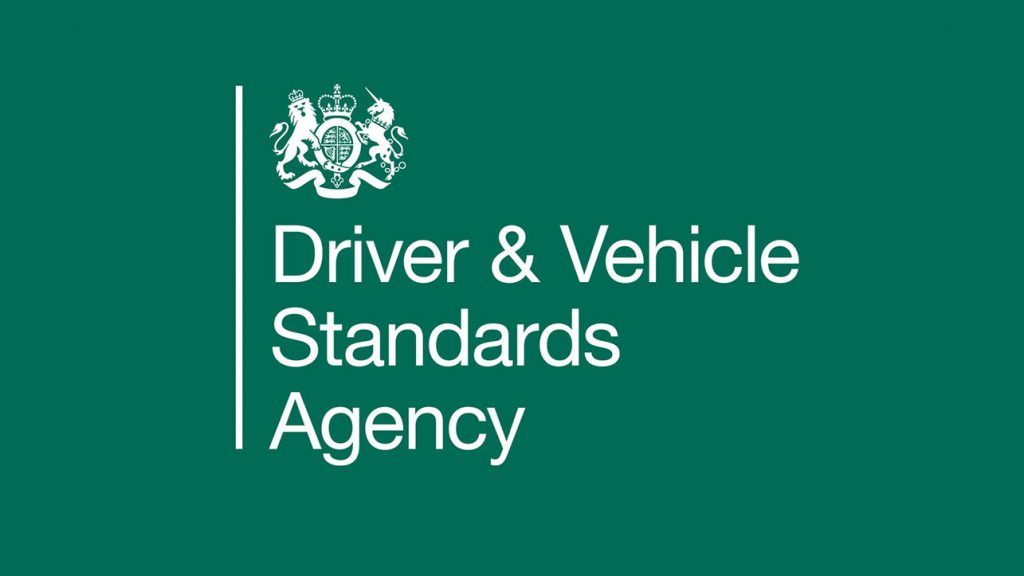Last week the DVSA released a Special notice 01-23 outlining changes to the MOT Inspection Manuals and MOT Testing Guide. These modifications will be published in the inspection manual and guide from the 6th February 2023. An outline of these changes is summarised below & once the updated manuals and guides are published we will provide further information & clarity.
MOT Inspection Manuals
Mirrors
Under Section 3: Visibility, amendments have been made for M1 vehicles. They will need to have 3 mirrors – one fitted to the vehicle offside and nearside plus the interior mirror – unless the interior mirror cannot give a view to the rear.
Items Not Tested
An additional information box shall be added if a tester uses the defect ‘item not tested’. The tester must use this box to justify why the item has not been tested.
‘Not tested’ or ‘unable to be tested’ should only be used where it becomes apparent during the test that the particular item cannot be tested, and this could not have been identified before starting the test.
Seatbelts
The wording regarding the inspection of seatbelts will be amended to include disabled belts/straps.
You must check any visible parts of all seat belts fitted. This includes:
- seat belts fitted to child seats and restraints
- any disabled persons belts or wheelchairs straps
Emissions
In section 8.2.2.1 clearer guidance will be added regarding when to check emissions control equipment.
MOT Testing Guide
This details changes to how and when calibrations must be carried out for roller brake testers, plate brake testers, headlamp aim testers and decelerometers. The new rules will apply to all Vehicle Testing Stations from 1st April 2023.
Roller brake testers (RBT), plate brake testers (PBT) & headlamp aim testers
The DVSA will no longer allow MOT Stations to calibrate their own brake testers or headlamp testers. According to the new regulations, calibration of these items must only be carried out by:
- the original manufacturer
- a company that has taken over responsibility for equipment support from the manufacturer
- an MOT equipment calibration specialist
It further states that MOT Stations must “satisfy themselves of the technical competence and viability of the company concerned and be able to demonstrate this to DVSA upon request.”
Decelerometer Calibrations
All decelerometers must be calibrated at intervals not exceeding 1 year. Current regulations state decelerometers need to be calibrated every 2 years.
Decelerometer calibration certificates issued before 1 April 2023 will be acceptable until they expire. After this, the equipment must be calibrated annually.
If you have any questions, please don’t hesitate to contact a member of our team:
📞0333 358 2555
💻thetestcentretraining.com

